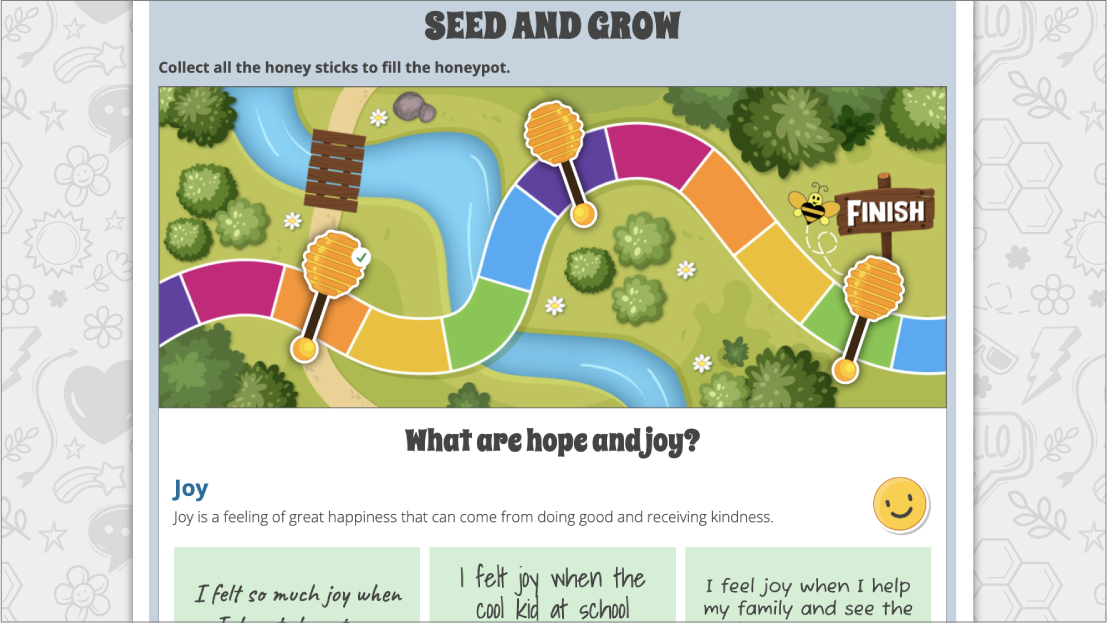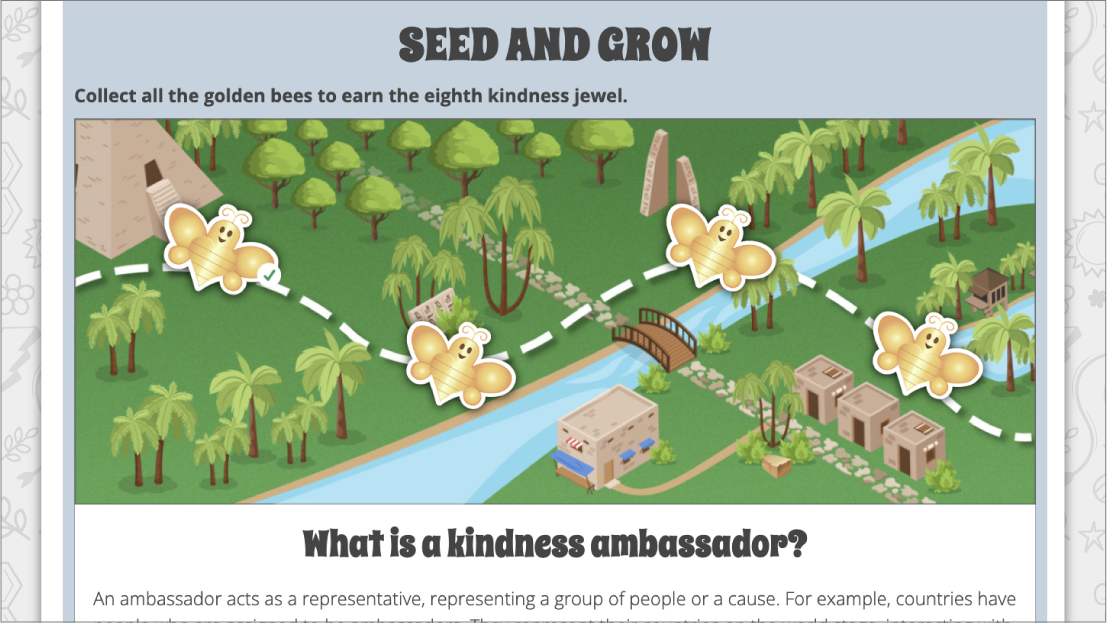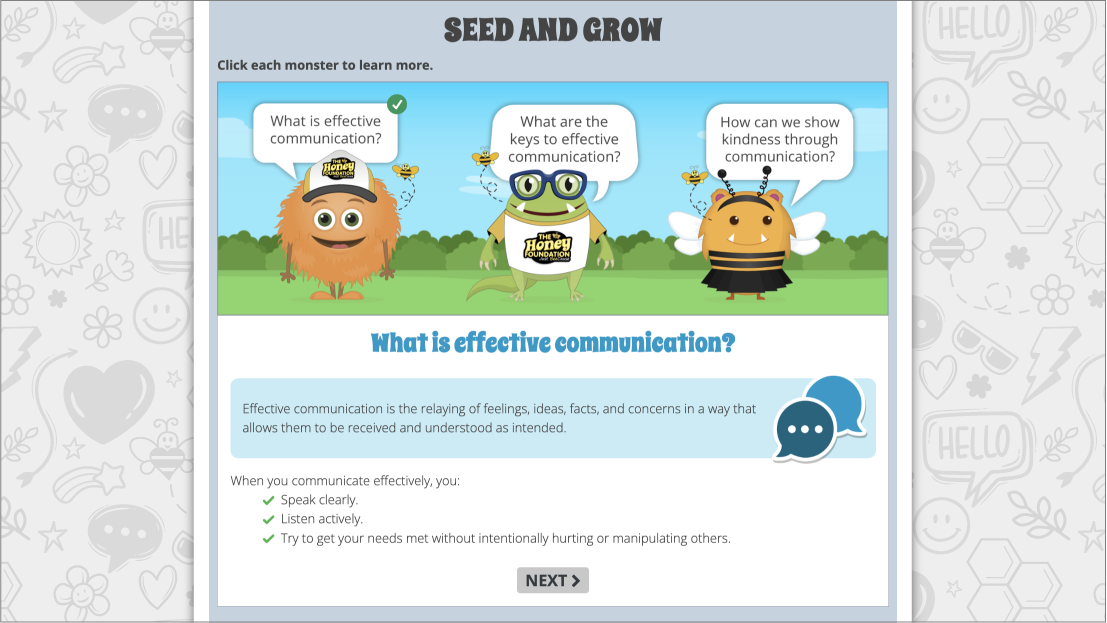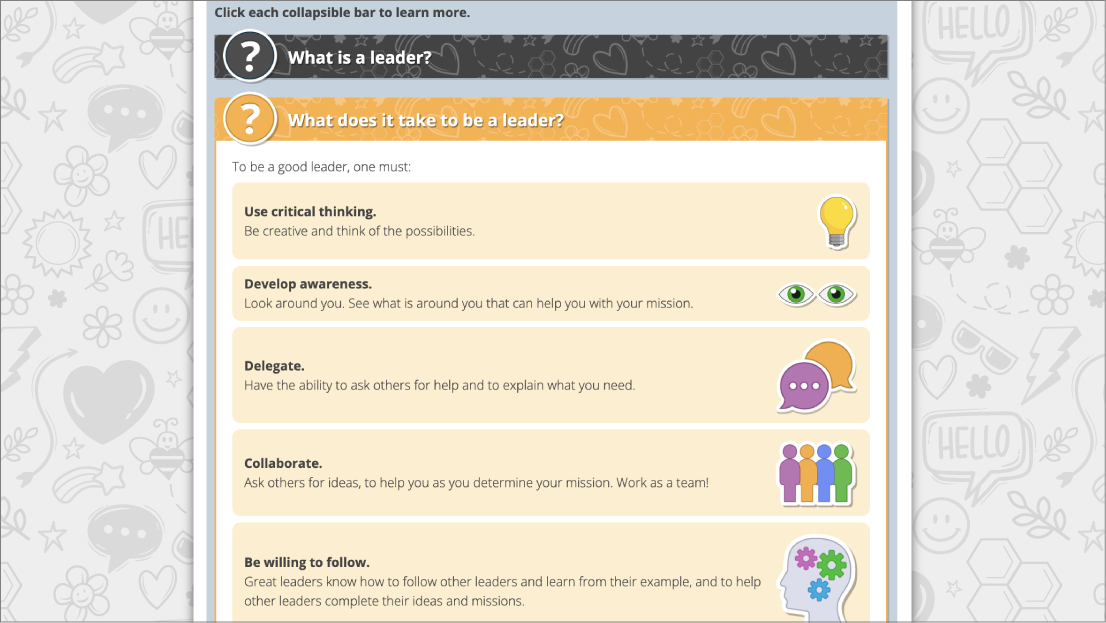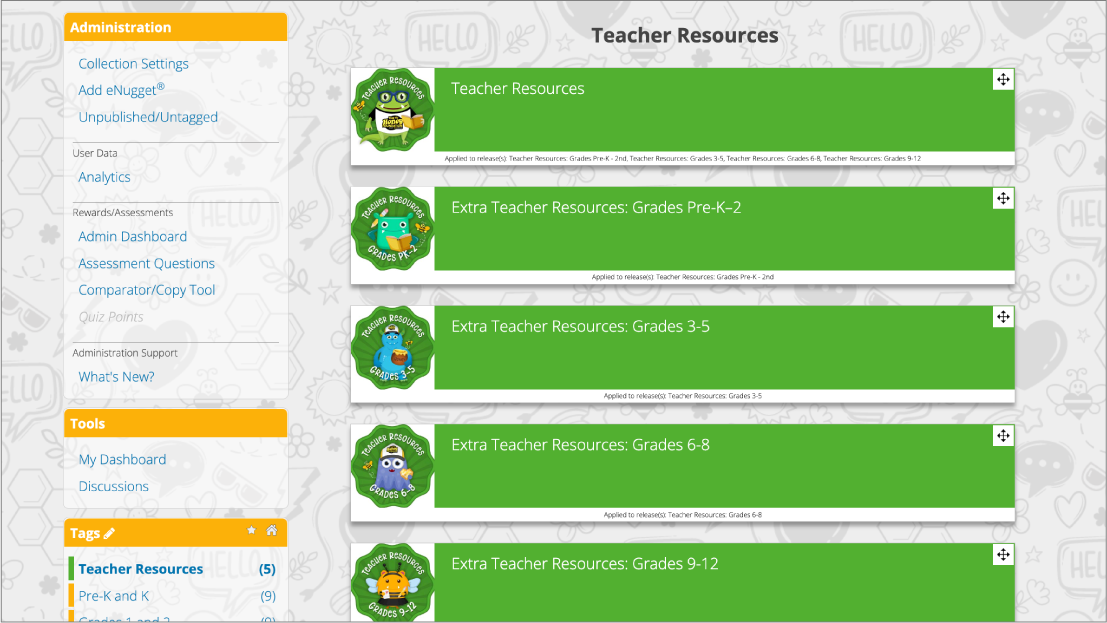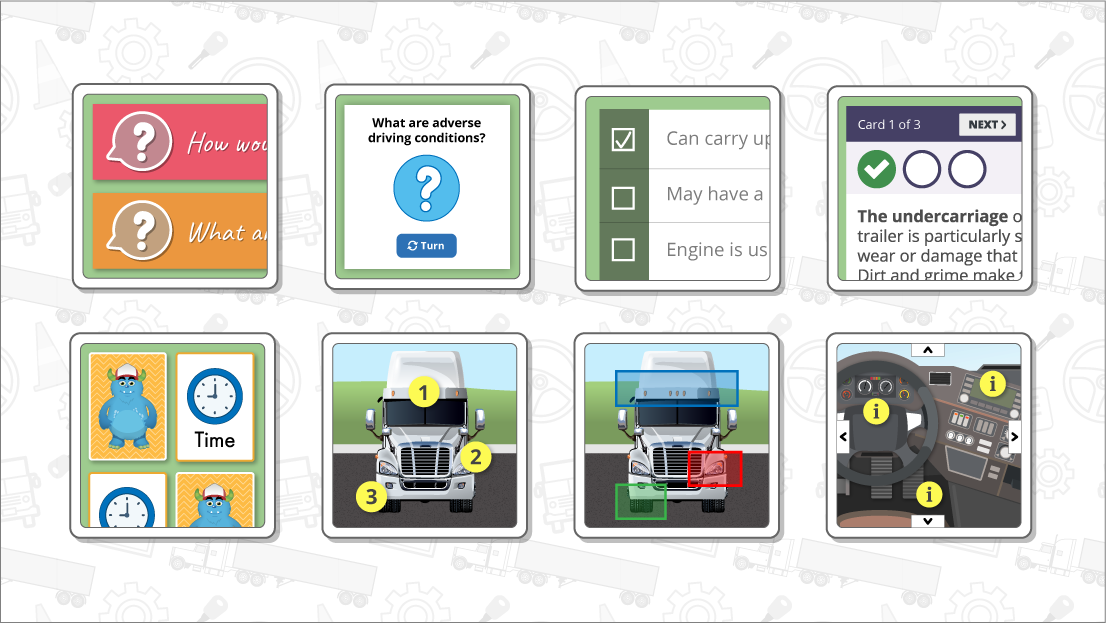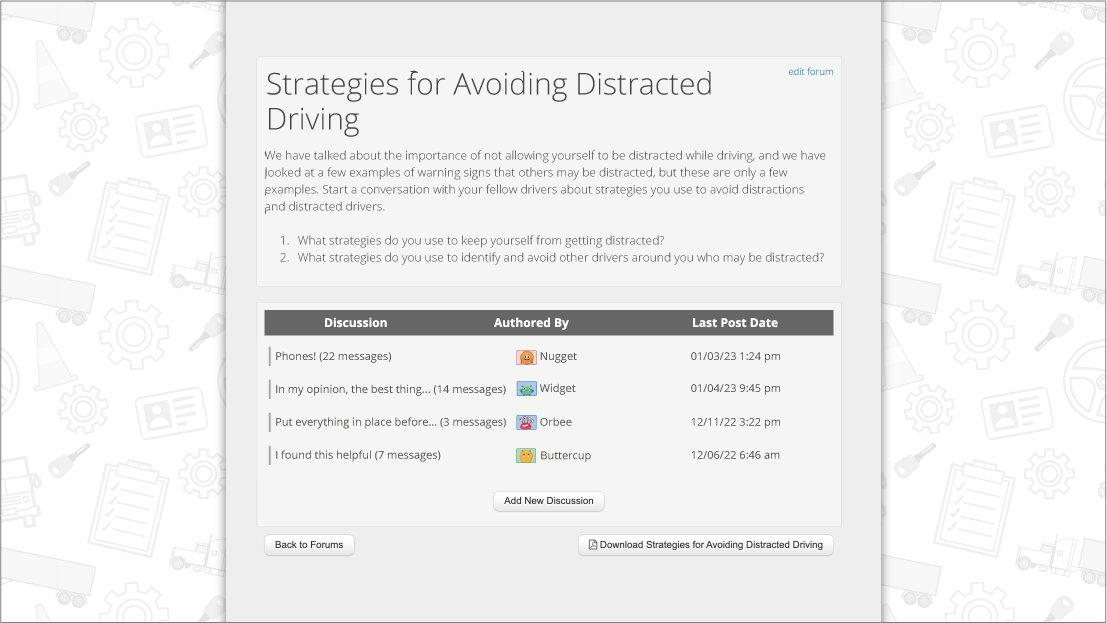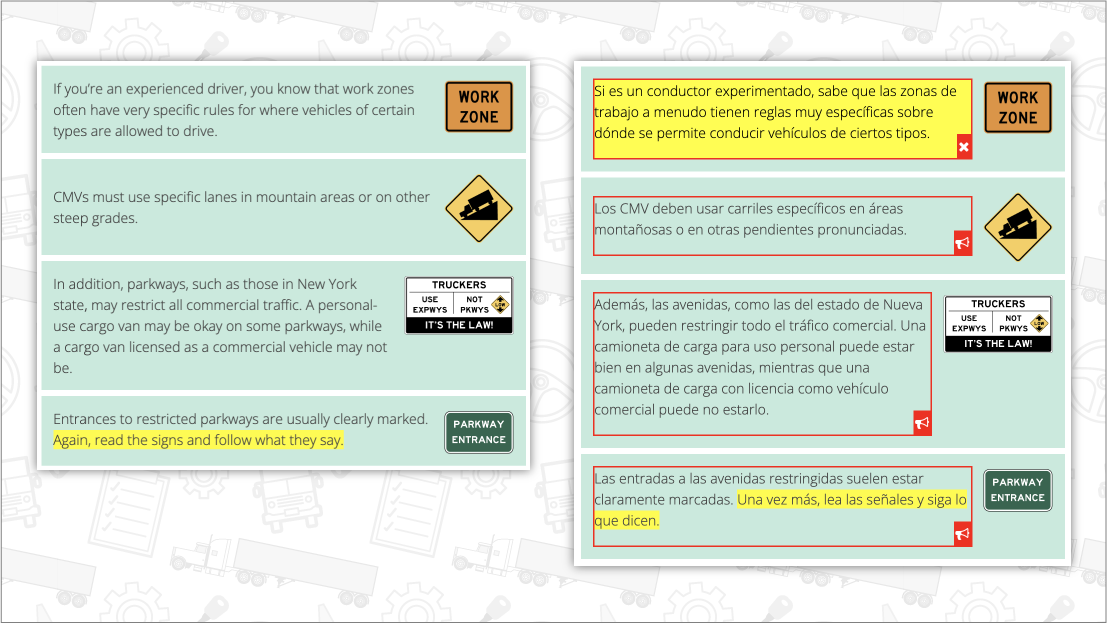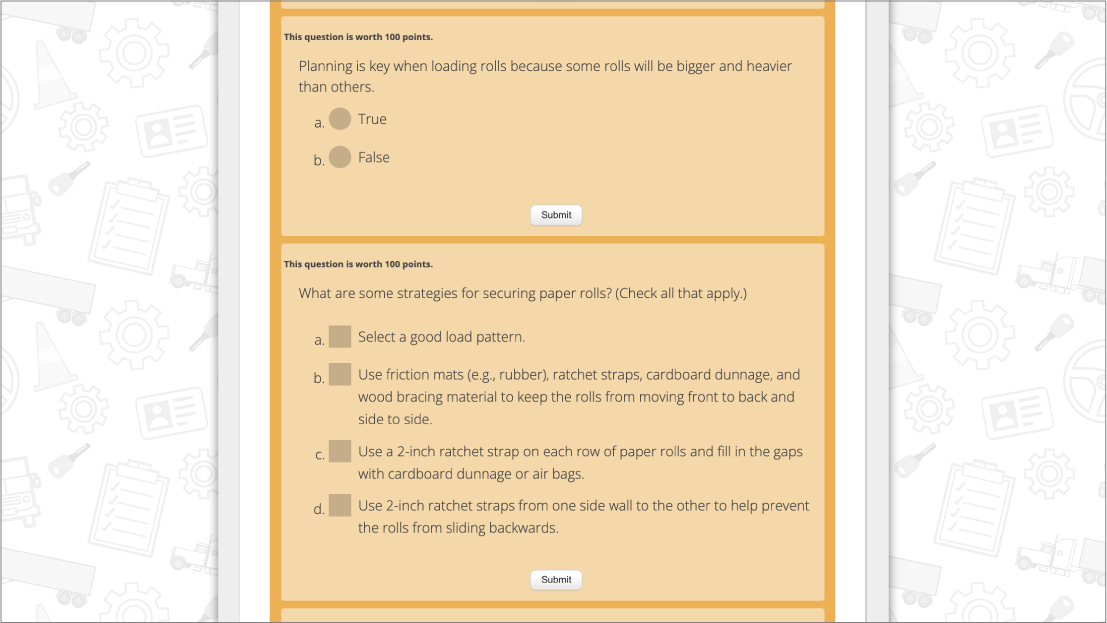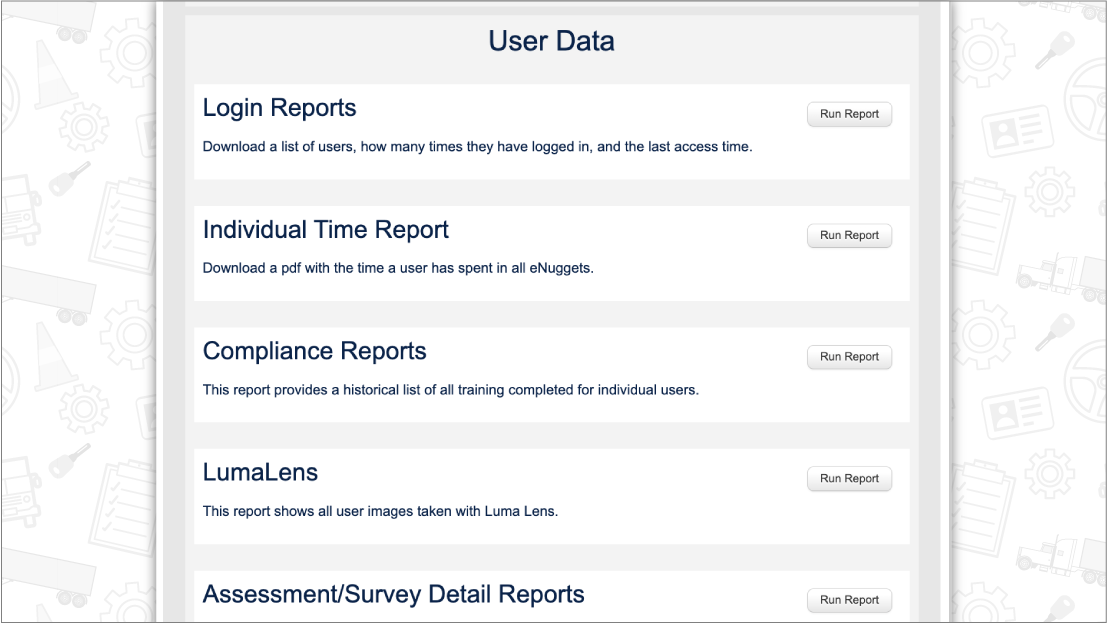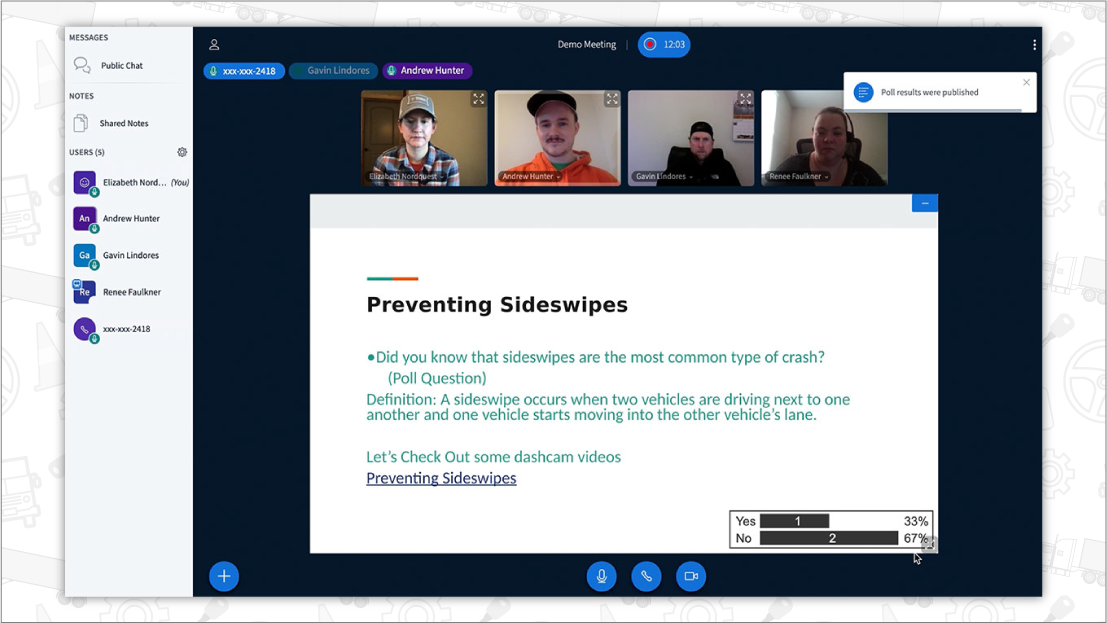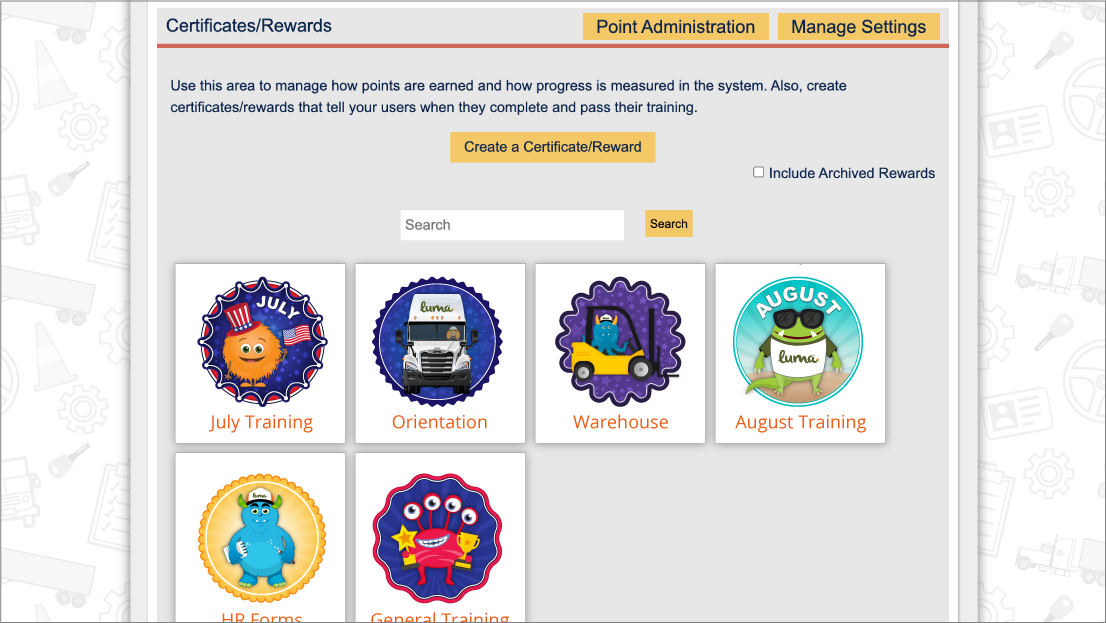![]()
Luma Connection #40: Create Open-Ended Questions
Collaboration and connection are important for our social-emotional well-being. Importantly, Luma has conducted research and published the benefits for creating learning communities remotely. This year, Luma will provide specific strategies you can implement to connect learners remotely. We are calling these strategies our Luma Connections.
Teaching Tool: LumaLive®
 This is Luma’s synchronous, or same-time, meeting tool. This online tool allows learners to interact with each other to explore a topic and to discuss key concepts, share experiences, and ask questions in real time. Interaction types include learner to learner, learner to self, learner to content, and learner to instructor.
This is Luma’s synchronous, or same-time, meeting tool. This online tool allows learners to interact with each other to explore a topic and to discuss key concepts, share experiences, and ask questions in real time. Interaction types include learner to learner, learner to self, learner to content, and learner to instructor.
 Tip:
Tip: Create open-ended questions rather than closed-ended questions.
Ask open-ended questions rather than closed-ended questions during online discussions. These questions increase learner engagement, motivation, and self-efficacy because learners think about and explore their current understanding of the topic, how the content connects with their current role, and how to apply the information on the job. Closed-ended questions include true or false and multiple-select question types. Open-ended questions require more elaboration and the use of critical and creative thinking skills.
| Open-ended Question | Closed-ended Question |
|---|---|
| What is it like to be a safe driver? | Are you a safe driver? |
| How would you train someone on how to put out a fire on a truck? | Has your truck ever been on fire? |
| If you were in my position, what are the most essential tips you would tell a driver to put in their safety toolbox? | Name a tip in your safety tool box. |
| How do I feel about _______? Why? | Did that make you happy? |
| What suggestions do you have to better train drivers for inspections? | Are you comfortable with the inspection process? |
| Why is it important to eliminate hazards in the warehouse? | Can you drive a forklift well? |

 Luma® is an instructional design and learning company that can help you connect learners remotely while creating powerful learning communities. Give us a call at (574) 807-8148 ext 5 or email
Luma® is an instructional design and learning company that can help you connect learners remotely while creating powerful learning communities. Give us a call at (574) 807-8148 ext 5 or email 

